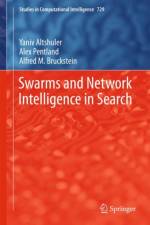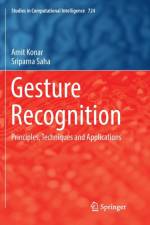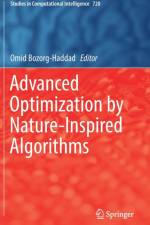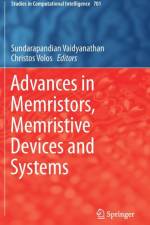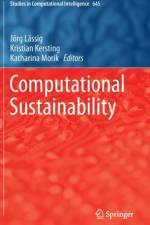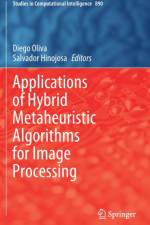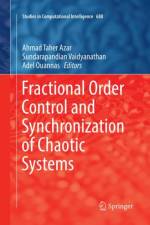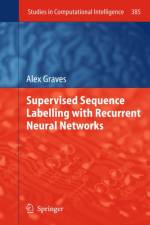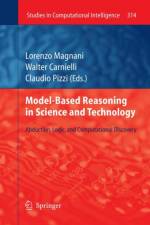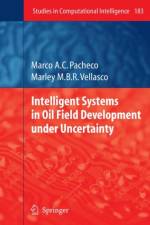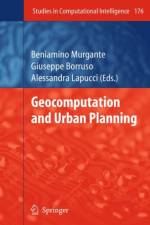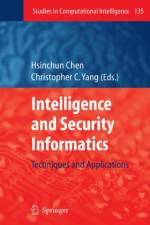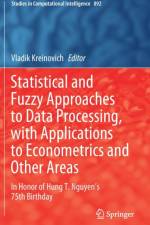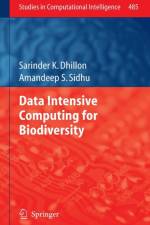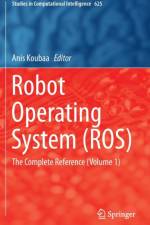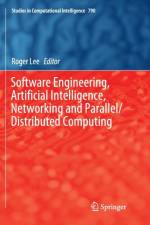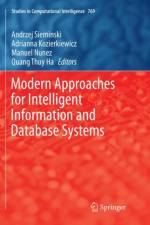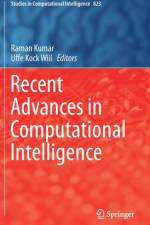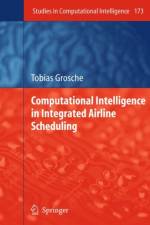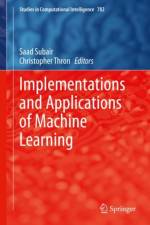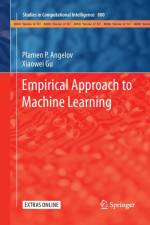2 661
The book reports on the latest advances in and applications of fractional order control and synchronization of chaotic systems, explaining the concepts involved in a clear, matter-of-fact style. It consists of 30 original contributions written by eminent scientists and active researchers in the field that address theories, methods and applications in a number of research areas related to fractional order control and synchronization of chaotic systems, such as: fractional chaotic systems, hyperchaotic systems, complex systems, fractional order discrete chaotic systems, chaos control, chaos synchronization, jerk circuits, fractional chaotic systems with hidden attractors, neural network, fuzzy logic controllers, behavioral modeling, robust and adaptive control, sliding mode control, different types of synchronization, circuit realization of chaotic systems, etc. In addition to providing readers extensive information on chaos fundamentals, fractional calculus, fractional differential equations, fractional control and stability, the book also discusses key applications of fractional order chaotic systems, as well as multidisciplinary solutions developed via control modeling. As such, it offers the perfect reference guide for graduate students, researchers and practitioners in the areas of fractional order control systems and fractional order chaotic systems.


